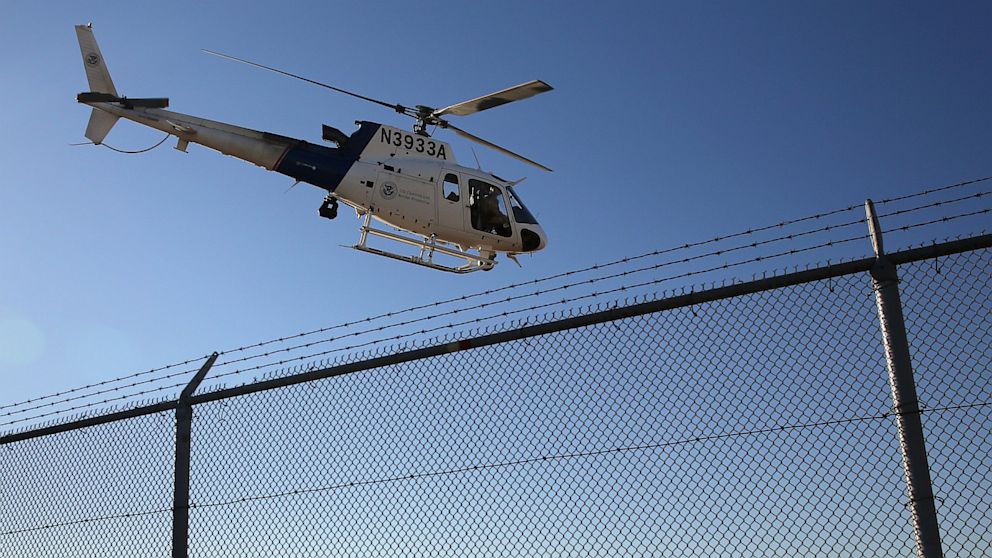Democratic Bill Ties Immigration and the War on Drugs
DHS would need to meet benchmarks with drug flow.

Oct. 2, 2013— -- An immigration bill introduced by Democrats in the House of Representatives on Wednesday would refocus Congress’ border security efforts on stopping unauthorized crossers and reducing the flow of illegal drugs into the U.S.
The measure is a version of the bill that passed in the Senate this June. But they’ve replaced the expensive “border surge” of agents and dollars in the Senate legislation with a more frugal, stripped-down border measure drafted by Republican Rep. Mike McCaul (Texas).
Despite whatever attention it might receive today, the legislation is largely considered dead-on-arrival in the House. The bill has no Republican co-sponsors and Speaker John Boehner (R-Ohio) has said he won’t allow it to come to the floor without majority support from Republicans.
Basically, it’s a way for Democrats to revitalize a fading issue and energize their base.
Here’s a look at how it would approach the border:
The main thrust of the bill is that it calls for the U.S. Department of Homeland Security (DHS) to come up with a strategy to become 90 percent effective in apprehending people who cross the border illegally. The legislation would also hold the secretary of Homeland Security responsible for reporting to Congress on the progress of the border plan.
Along with stopping unauthorized immigration, the bill also looks to stem the flow of illegal drugs into the U.S.
The legislation calls for DHS to start compiling some new stats around drugs: an “illicit drugs seizure rate” and a “cocaine seizure effectiveness rate.”
The illicit drug rate would compare the amount of a drug -- say, marijuana -- seized in a given fiscal year to the average seized in the previous five fiscal years.
The cocaine rate is more curious: it would compare the amount of cocaine seized in a given year with federal estimates on the amount of cocaine thought to be flowing into the U.S. Figuring that out would require knowing how much cocaine exists in the world, but apparently that’s something that federal agencies are already trying to do.
Ramping up the drug war would also be part of the overall border strategy in the bill.
The main goal of the plan would be to achieve “operational control” of the border. That’s defined as reaching a 90 percent effectiveness rate in stopping unauthorized crossers and “a significant reduction in the movement of illicit drugs and other contraband.”
The future of this bill looks pretty bleak -- experts are already looking ahead to 2014 as the next window for immigration reform. But the link between immigration and drug enforcement could be something that surfaces down the road.






